- April 17, 2020
- By Liam Farrell
The next time you get grossed out by a lump of leaking garbage bags or a rancid smell from a subway grate, be thankful you at least don’t have to dodge hungry pigs.
Associate Professor Thomas Zeller, a specialist in environmental and technology history, this semester is teaching a new class called “Trashed! Garbage and Recycling in History,” which takes students on a journey from the manure-filled streets of 19th century New York City, where swine freely roamed, to modern suburbs where overflowing recycling bins dot the curbs each week.
The goal is to show that what we choose to chuck—and its shift over time—reflects our embrace of consumer culture, rapid industrialization and a growing middle class demanding disposability and cleanliness.
And while the class has had to adjust like all others to virtual lectures and discussion groups because of the coronavirus pandemic, it’s also provided an opportunity for students to examine contemporary environmental justice issues and the essential roles that sanitation workers fulfill in high-risk situations.
Here are some of Zeller’s notable moments from trash history.
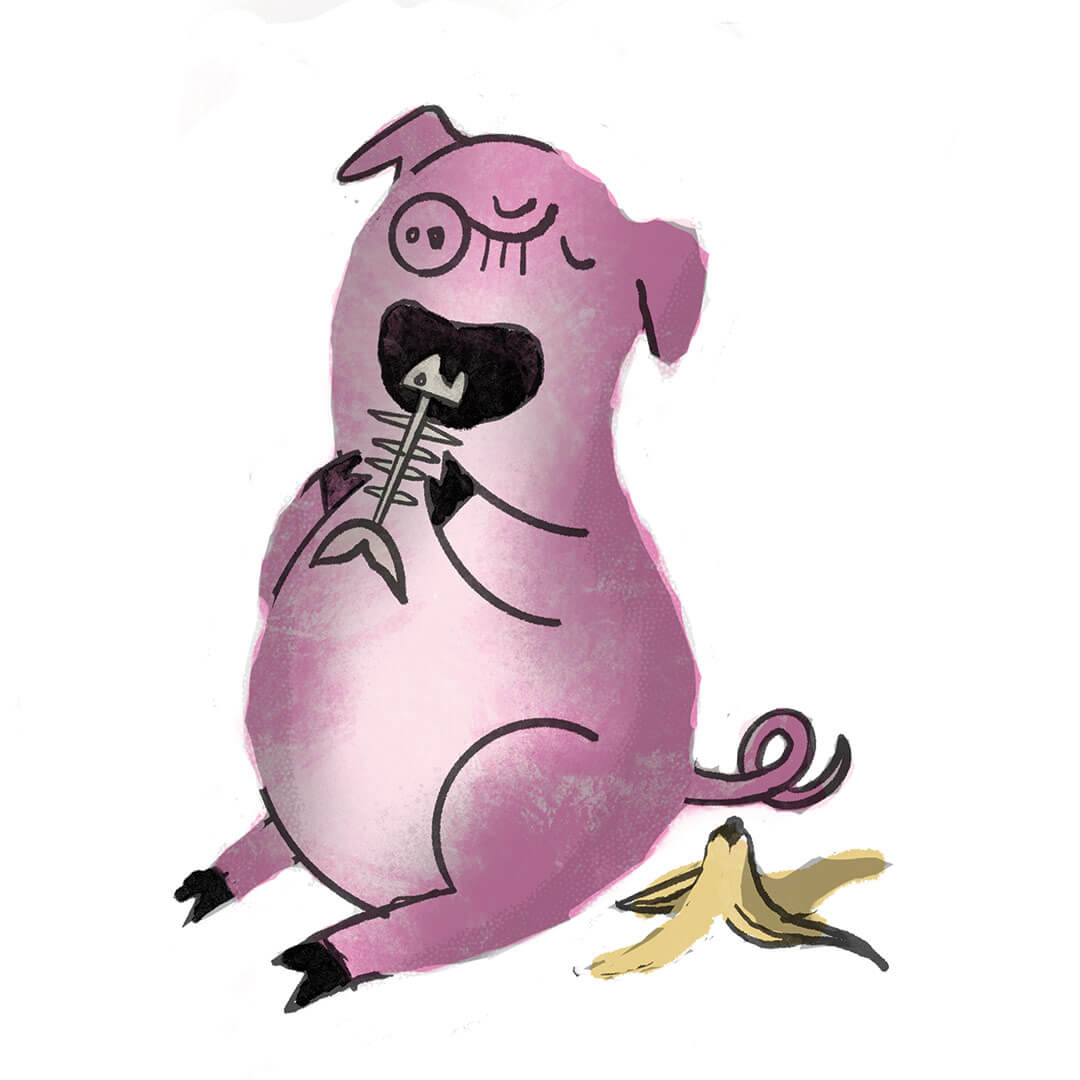 1820: Everyday habits generally produce little trash: Food scraps are fed to animals—it’s estimated there’s one hog for every five humans in New York City—worn-out clothing is mended, and anything beyond hope is sold to junk men or burned for fuel.
1820: Everyday habits generally produce little trash: Food scraps are fed to animals—it’s estimated there’s one hog for every five humans in New York City—worn-out clothing is mended, and anything beyond hope is sold to junk men or burned for fuel.
 1840s: Public health officials advocate for eliminating malodorous odors, called “miasmas,” to protect against disease outbreaks.
1840s: Public health officials advocate for eliminating malodorous odors, called “miasmas,” to protect against disease outbreaks.
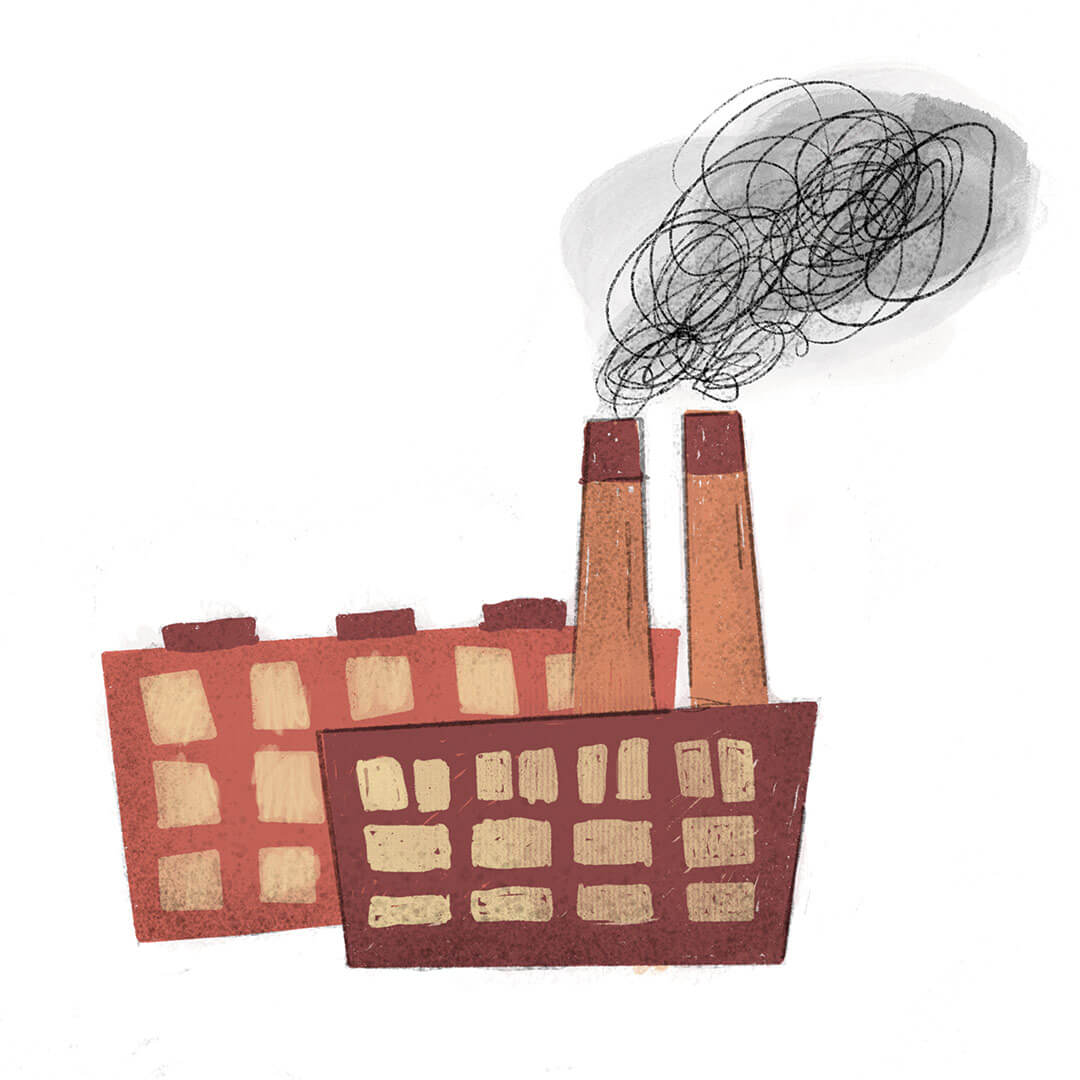
1893: Dutch immigrant Harm Huizenga opens an incinerator ash-hauling business in Chicago that grows into Waste Management, one of the world’s largest disposal operations.
1914: The United States and Canada are home to 300 incinerating plants, the preferred method until landfills take over in the 1930s.
 1943: The United States’ entry into World War II brings a clamor to spend and consume less and to donate to scrap and rubber drives. The Brooklyn Dodgers offer $.10 admission to anyone bringing a half-pound of fat.
1943: The United States’ entry into World War II brings a clamor to spend and consume less and to donate to scrap and rubber drives. The Brooklyn Dodgers offer $.10 admission to anyone bringing a half-pound of fat.
 1953: “Keep America Beautiful” campaign launches in response to the growing problem of highway litter.
1953: “Keep America Beautiful” campaign launches in response to the growing problem of highway litter.
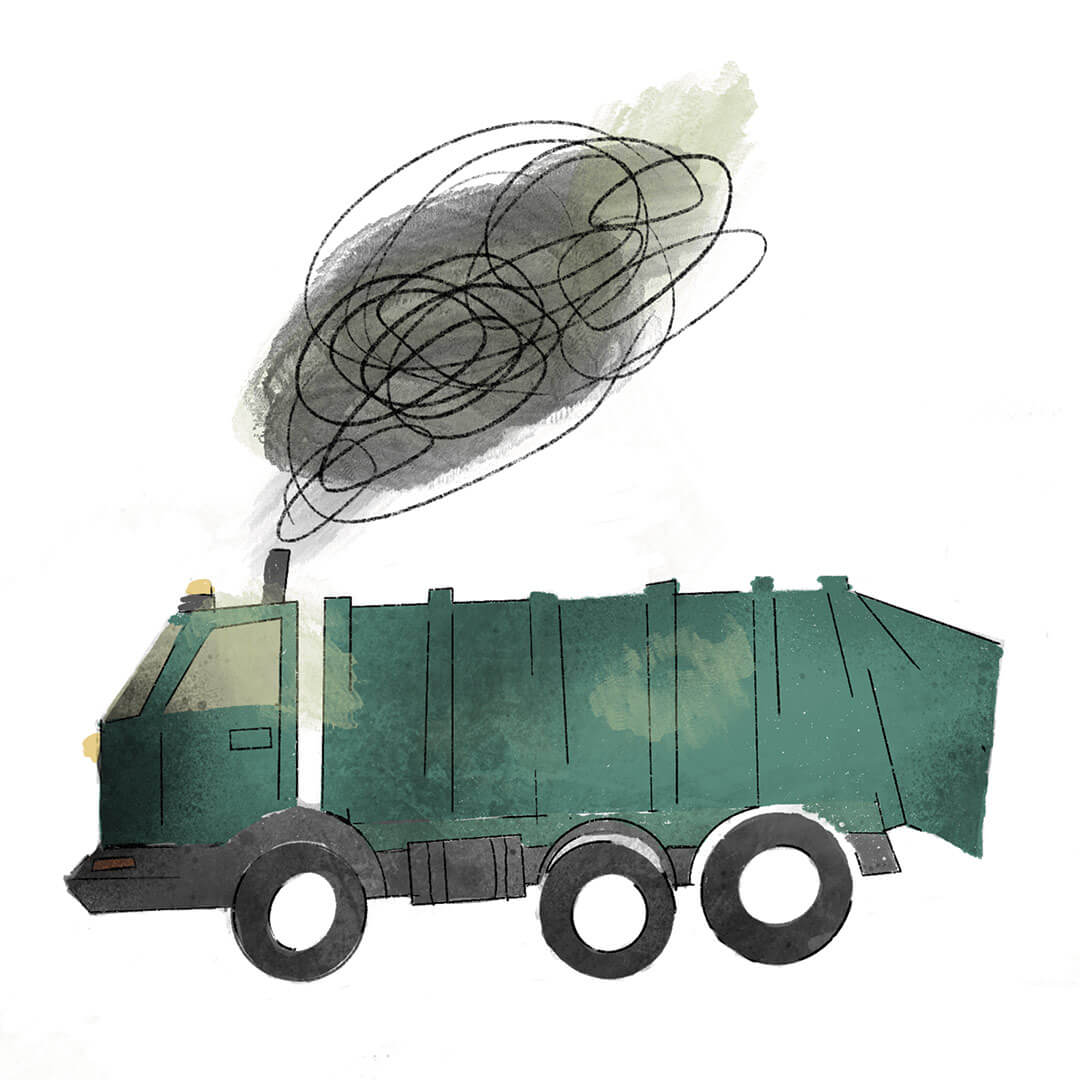 1968: Spurred by the death of two employees on a garbage truck, Memphis sanitation workers strike for better pay and conditions, drawing the support of the Rev. Martin Luther King Jr.
1968: Spurred by the death of two employees on a garbage truck, Memphis sanitation workers strike for better pay and conditions, drawing the support of the Rev. Martin Luther King Jr.
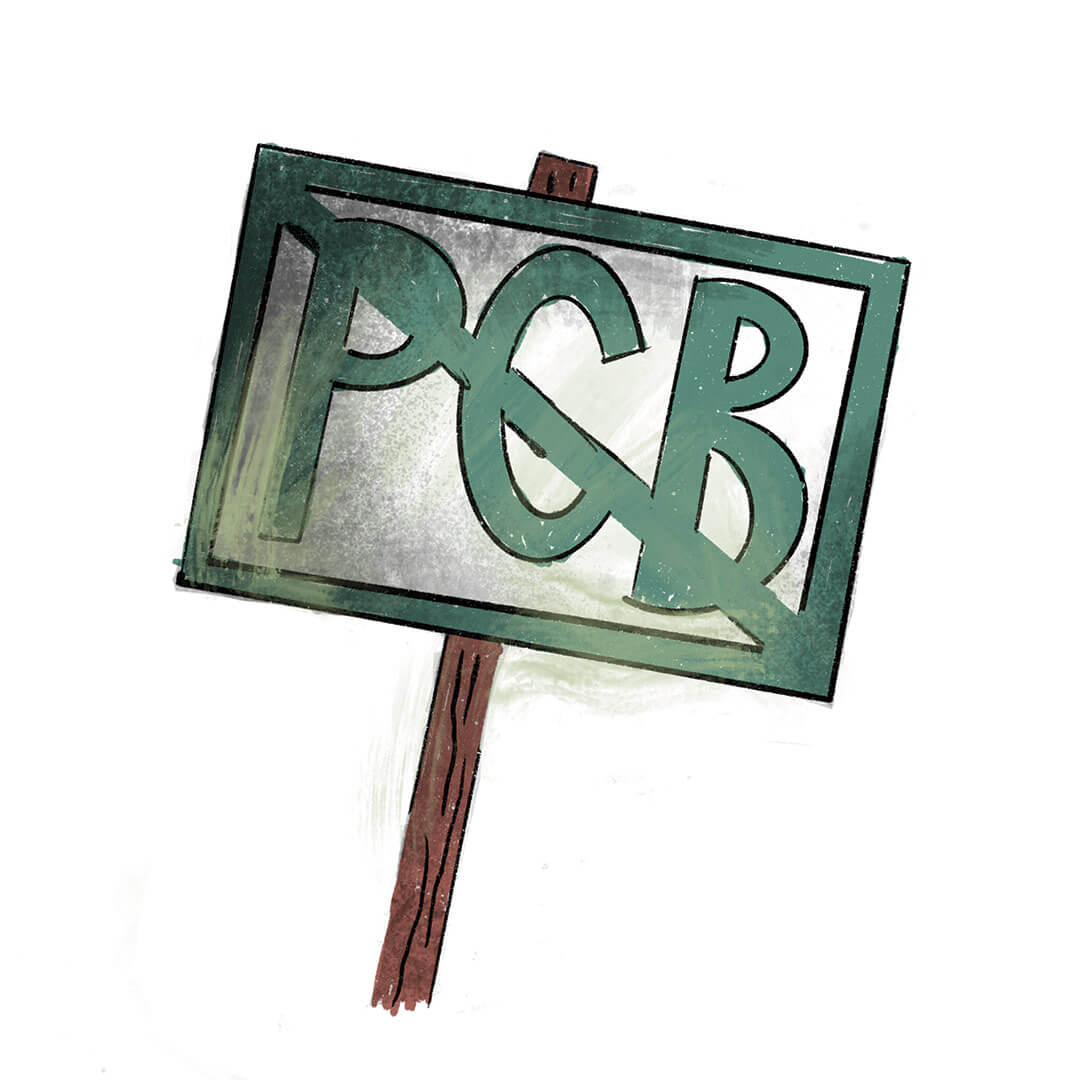 1982: Protests over dumping contaminated soil in Warren County, N.C., draw attention to the human impact of landfills and incinerators, and help start the modern-era environmental justice movement.
1982: Protests over dumping contaminated soil in Warren County, N.C., draw attention to the human impact of landfills and incinerators, and help start the modern-era environmental justice movement.
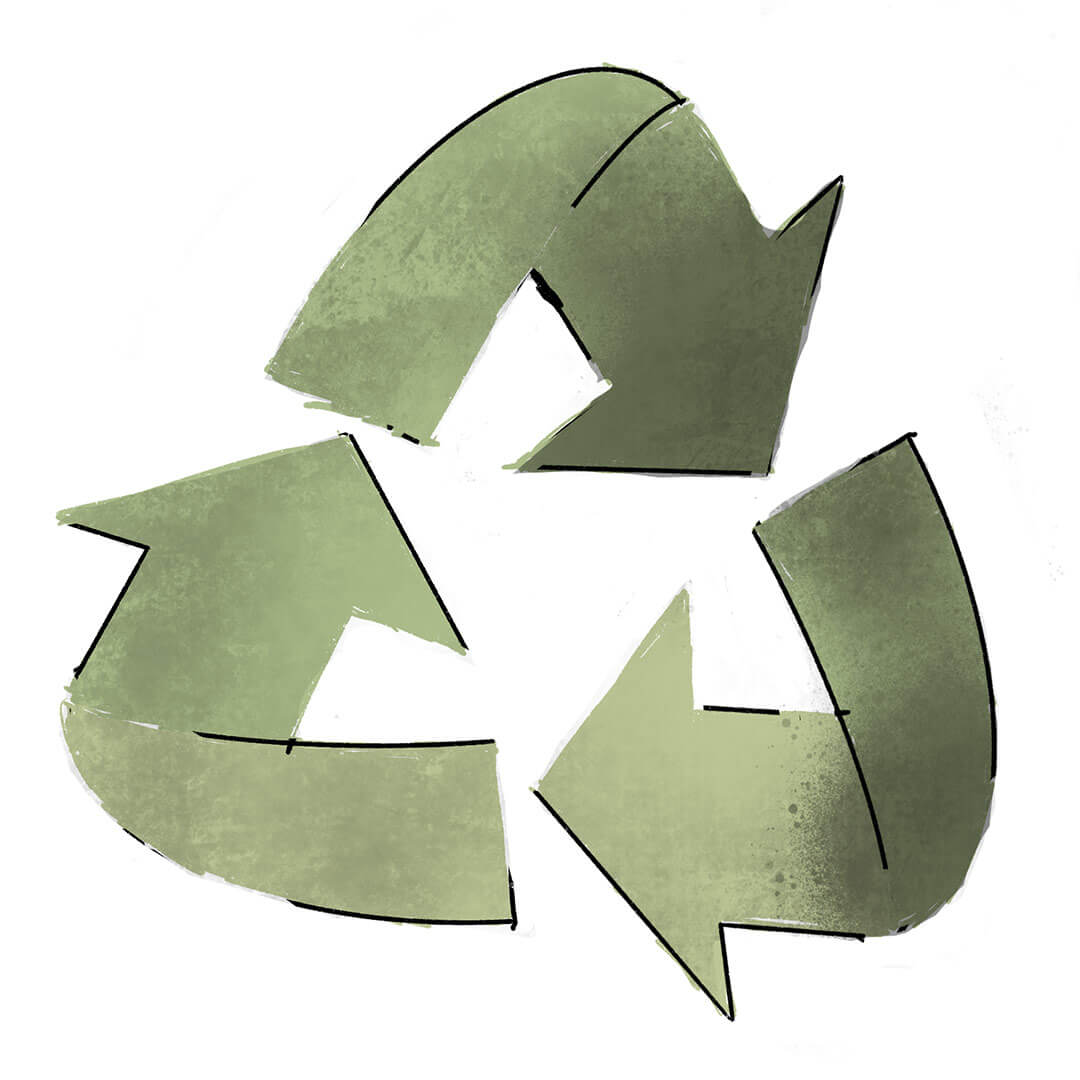 1995: As more local governments adopt recycling programs, the Environmental Protection Agency reports that domestic-waste recovery climbed from 7.1% in 1970 to 21.7% in 1993.
1995: As more local governments adopt recycling programs, the Environmental Protection Agency reports that domestic-waste recovery climbed from 7.1% in 1970 to 21.7% in 1993.
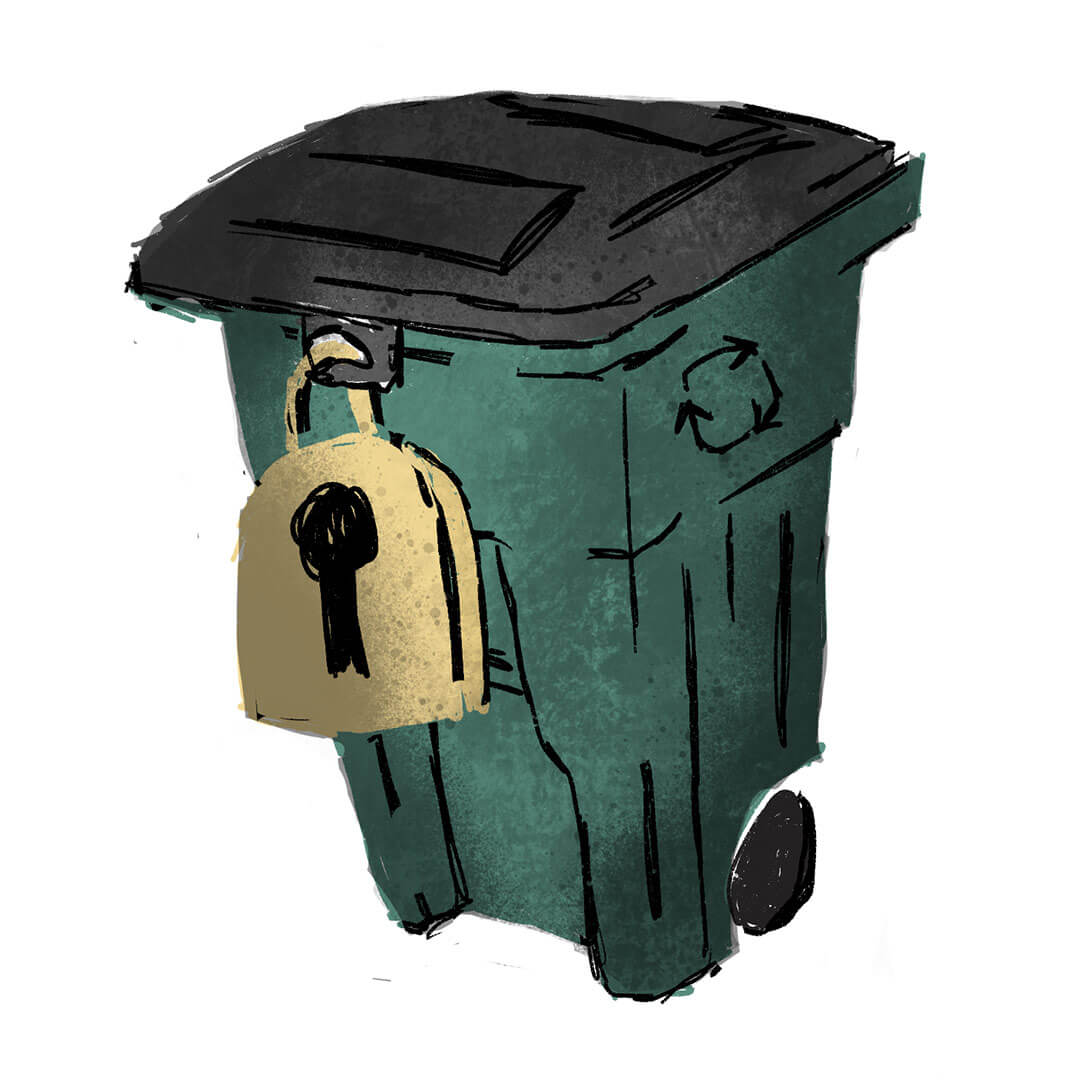 2018: After taking in 70% of the world’s plastic trash—7 million tons annually—the Chinese government all but halts the practice, sending recyclers scrambling for alternatives.
2018: After taking in 70% of the world’s plastic trash—7 million tons annually—the Chinese government all but halts the practice, sending recyclers scrambling for alternatives.
Topics
Campus & Community